|
|
Cotton, once called, "King Cotton," was the main source of income for the Lake Creek farmers. The cotton gin was a hustle and bustle of actitivity in the fall of every year. The cotton season lasted from late August through December, and the gin ran day and night without stopping, except in emergencies. The gin was in operation from the mid 1880's through the mid 1960's. With the coming of new man made fabrics, cotton became in less demand and many cotton gins closed their doors forever thus bringing to a close, the end of and era.
|
 |
|
Cotton gin at Lake Creek, Texas. January, 2003.
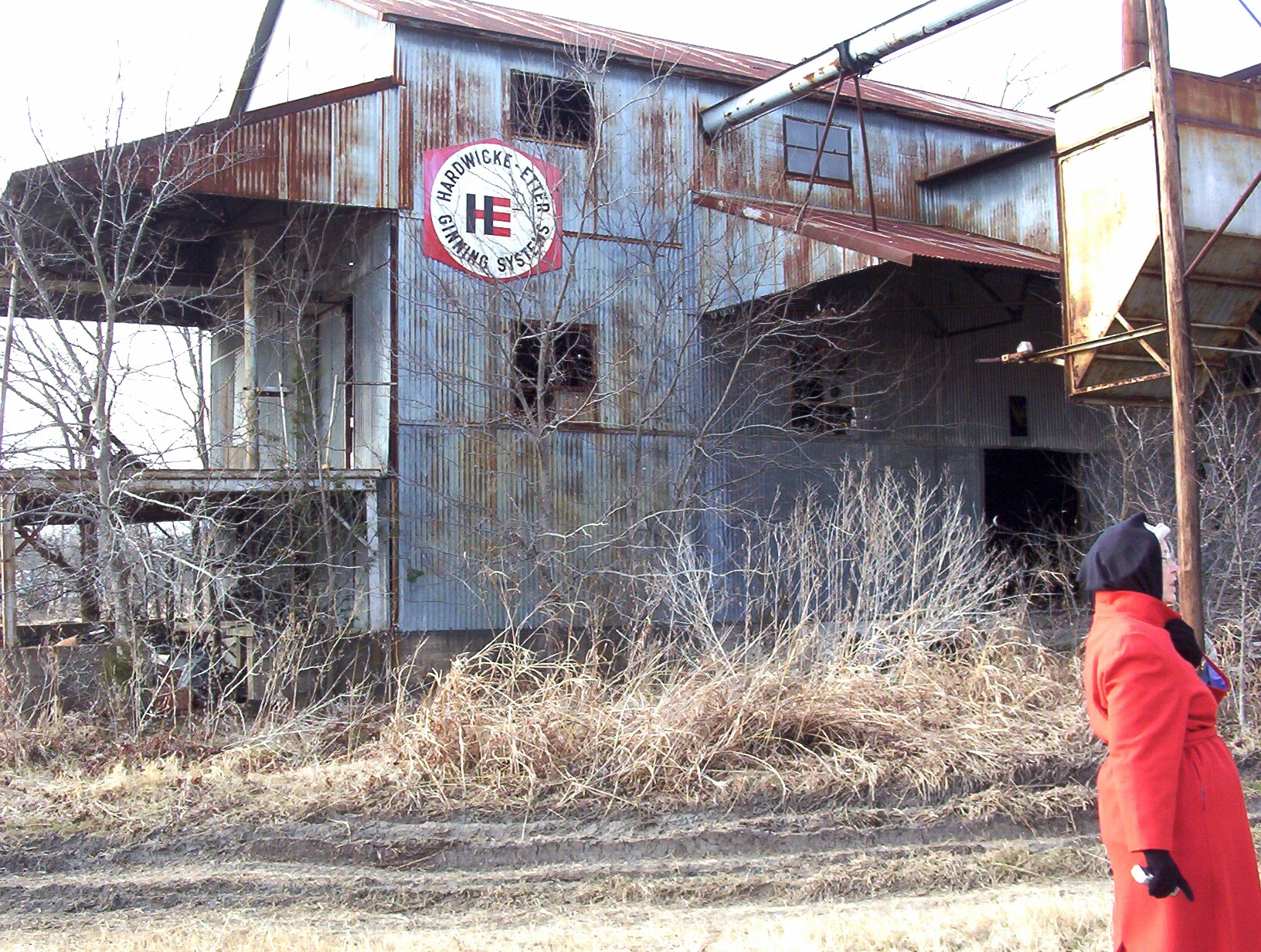
This is the south end of the cotton gin at Lake Creek. The platform (upper left) is where the cotton bales were brought out. My daddy, Wes Tom Johnson, worked at this gin for many years, starting in the mid 1920's when he was still a teenager. The gin was powered by a steem engine at that time but was changed over to a diesel engine in the mid 1040's. Wes Tom worked at this gin and other gins until he died in 1956.
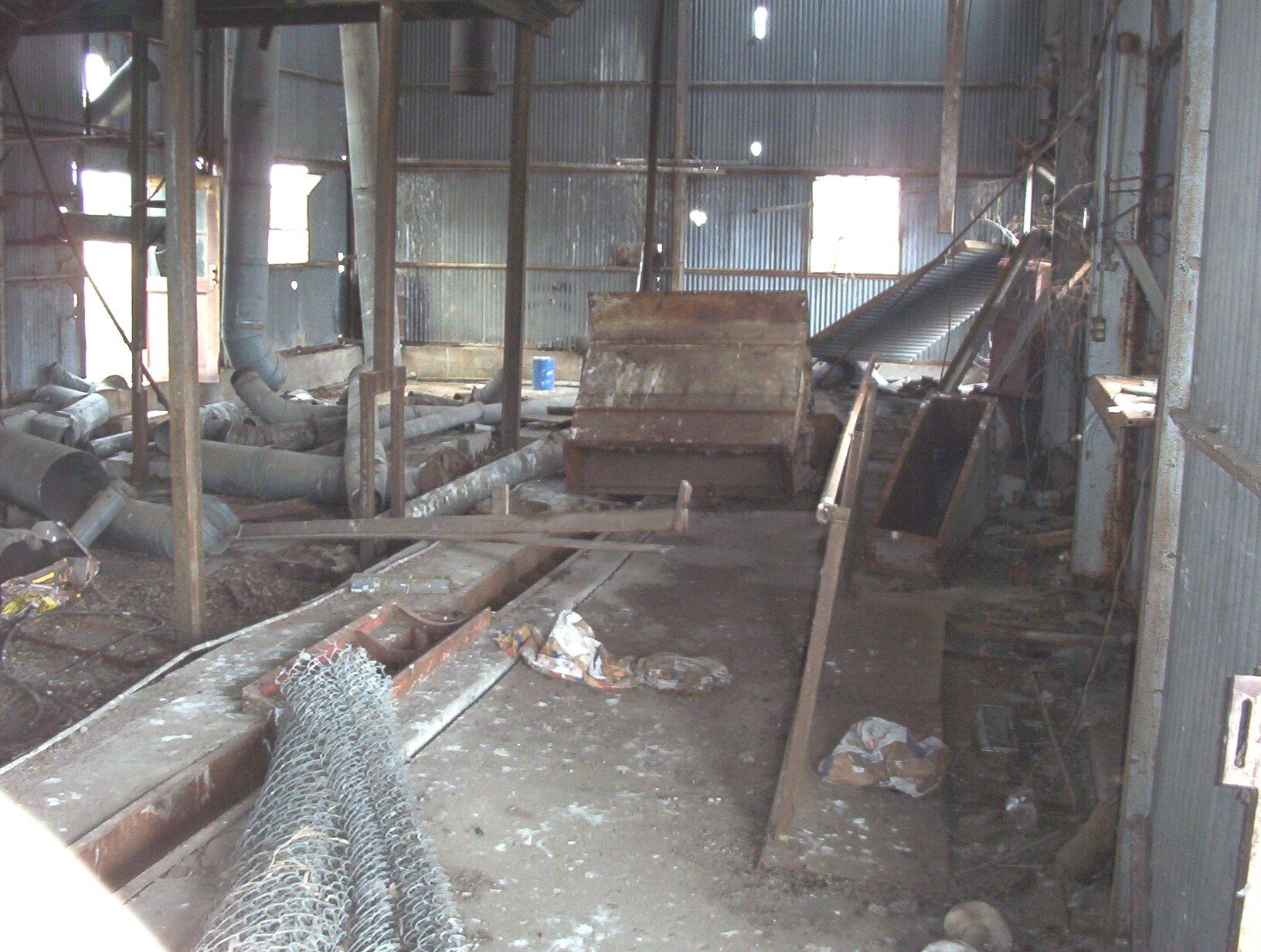
Inside the gin. Most of the equipment has been removed. About those holes in the walls; they are not windows but openings for equipment, pipes, ducts etc. Down this right side was a row of machines called stands. The cotton would fall through the stands to have the seeds removed. My daddy's job was to watch the flow of cotton and control the density of the seed.
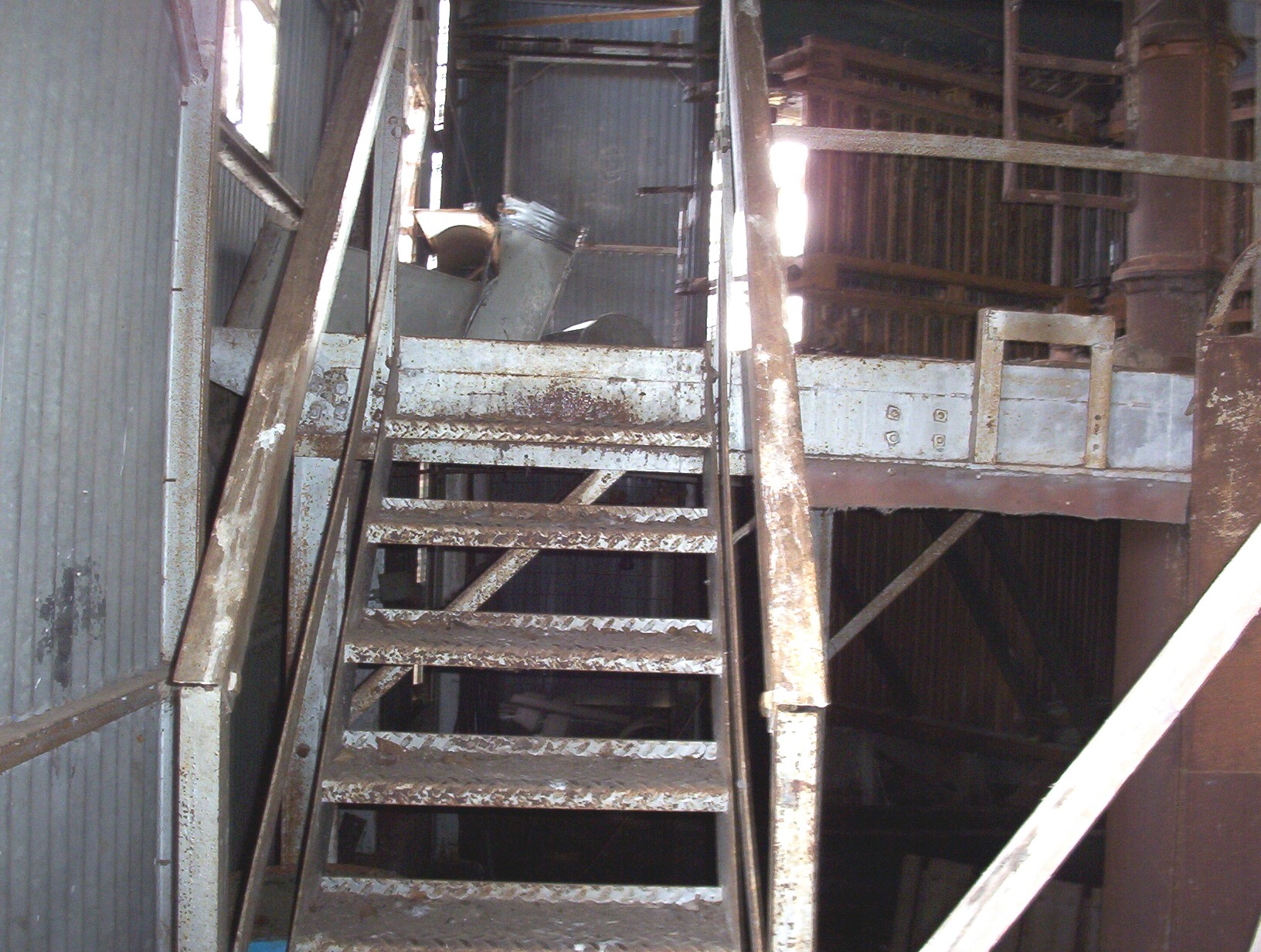
These stairs lead up to the press room, where the cotton was pressed into a bale.
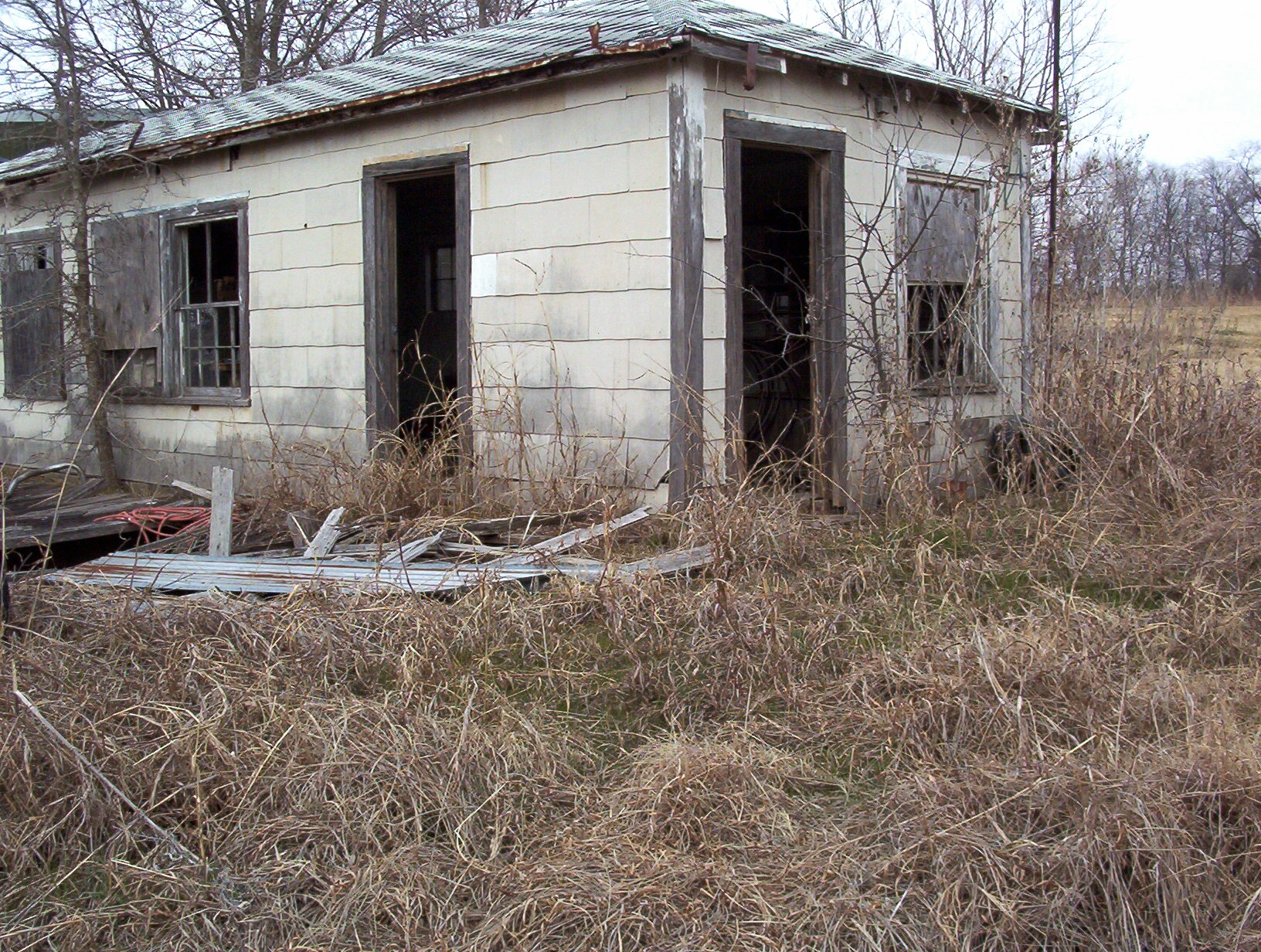
This was the scale-house and office. The cotton wagons and trailers were pulled across the platform scales to be weighed. I remember in the mid to late 1940's taking cotton to the gin in a horse or mule drawn wagon. Later Daddy bought a tractor and cotton traliers.
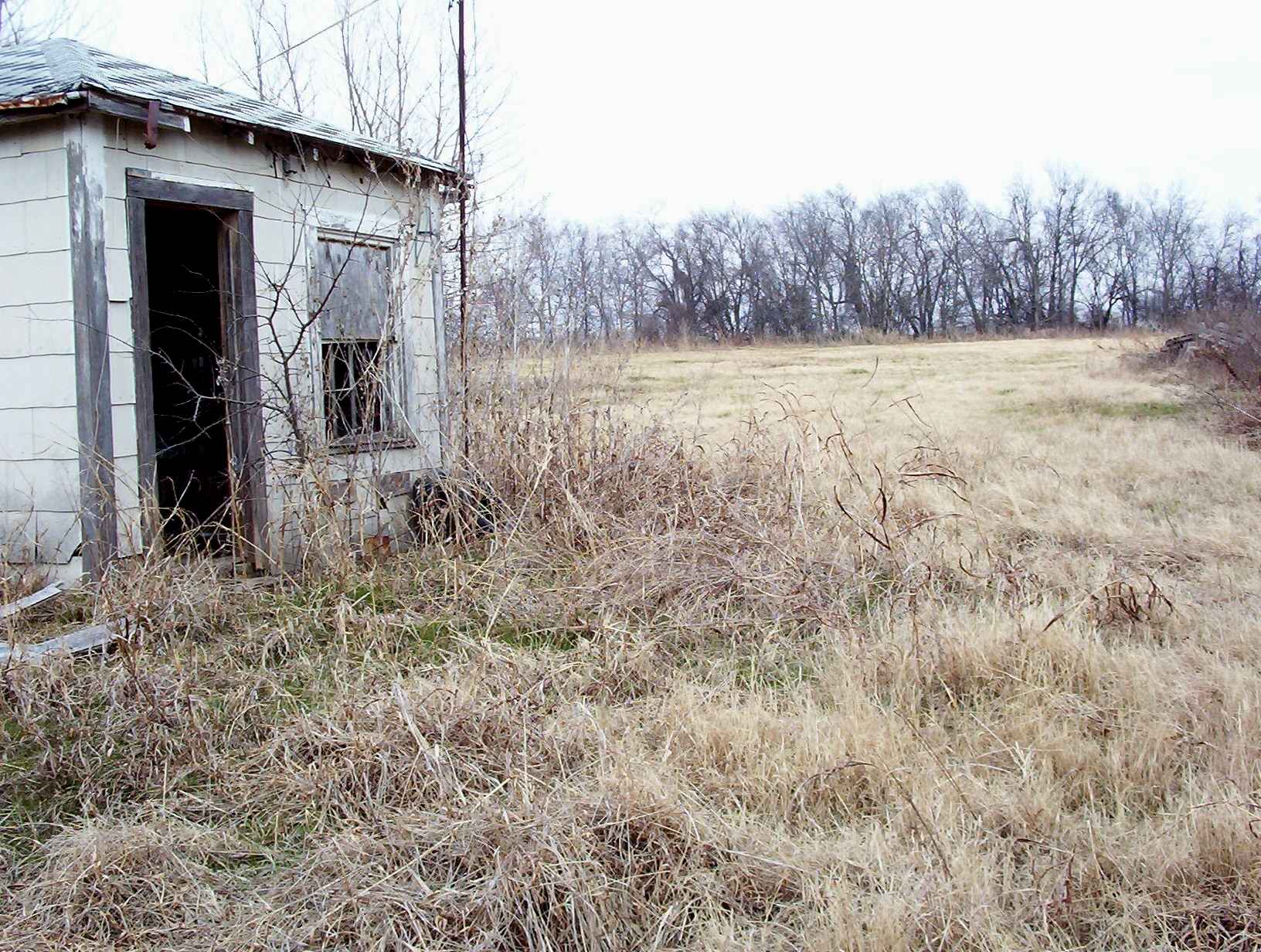
The open space you see behind the scale-house was where Sarah & Eddie Johnson's (my grandparents, Daddy's parents) house used to be.
|
 |
| |
 |
|
|
 |
 |
 |
|
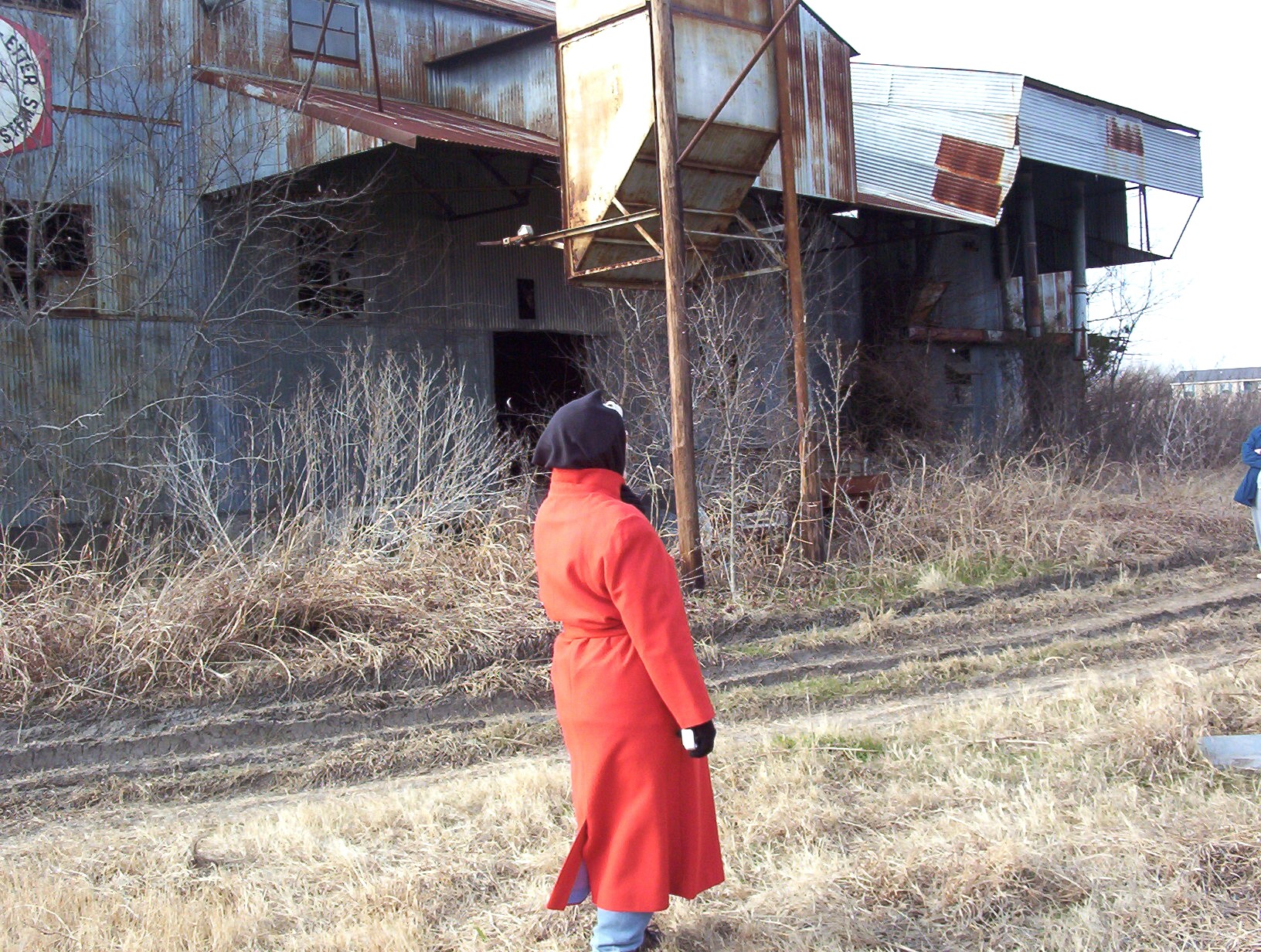
This is the front of the gin, facing east. This gutted ghostly building stands today as a reminder of days gone by.
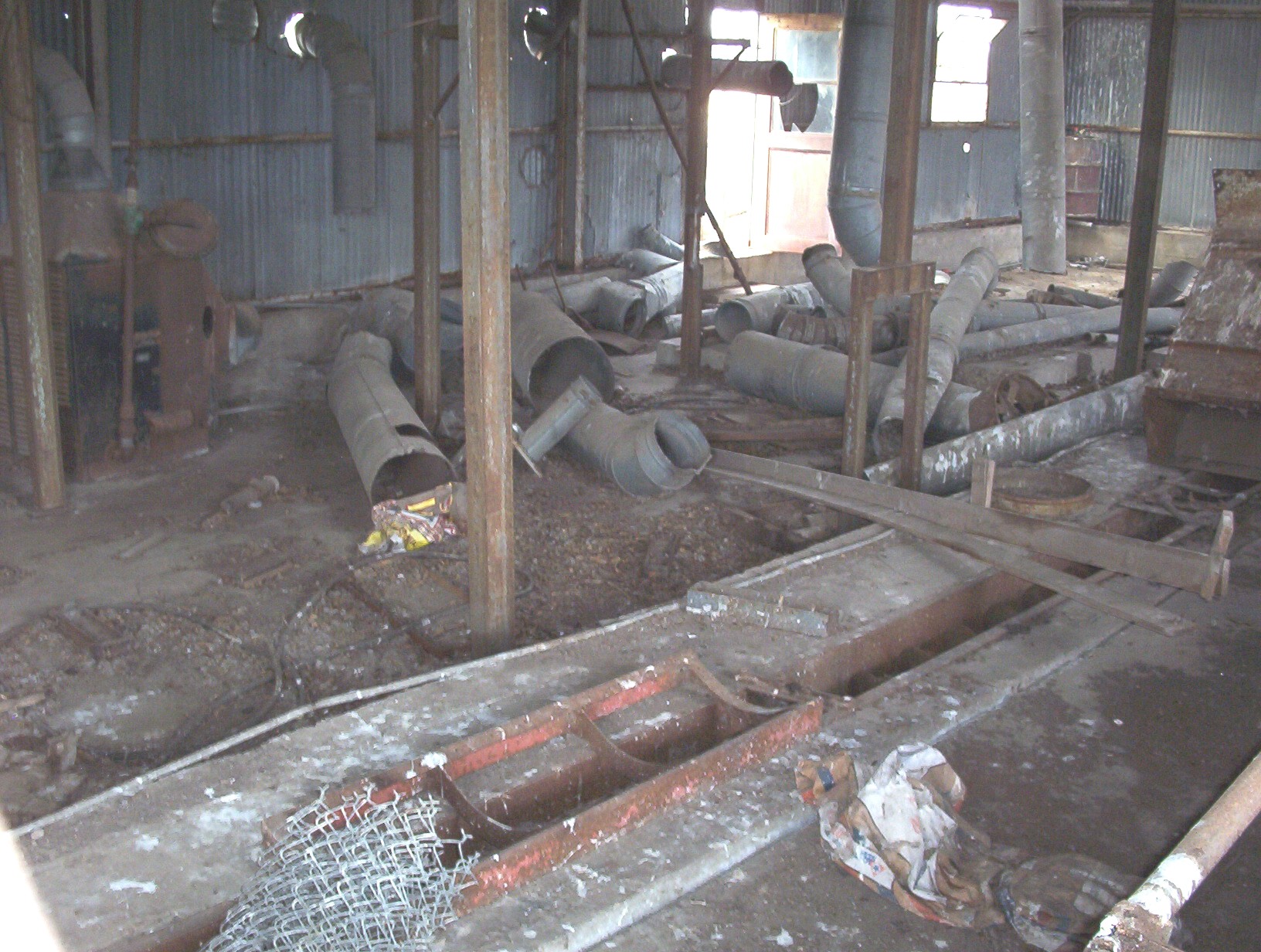
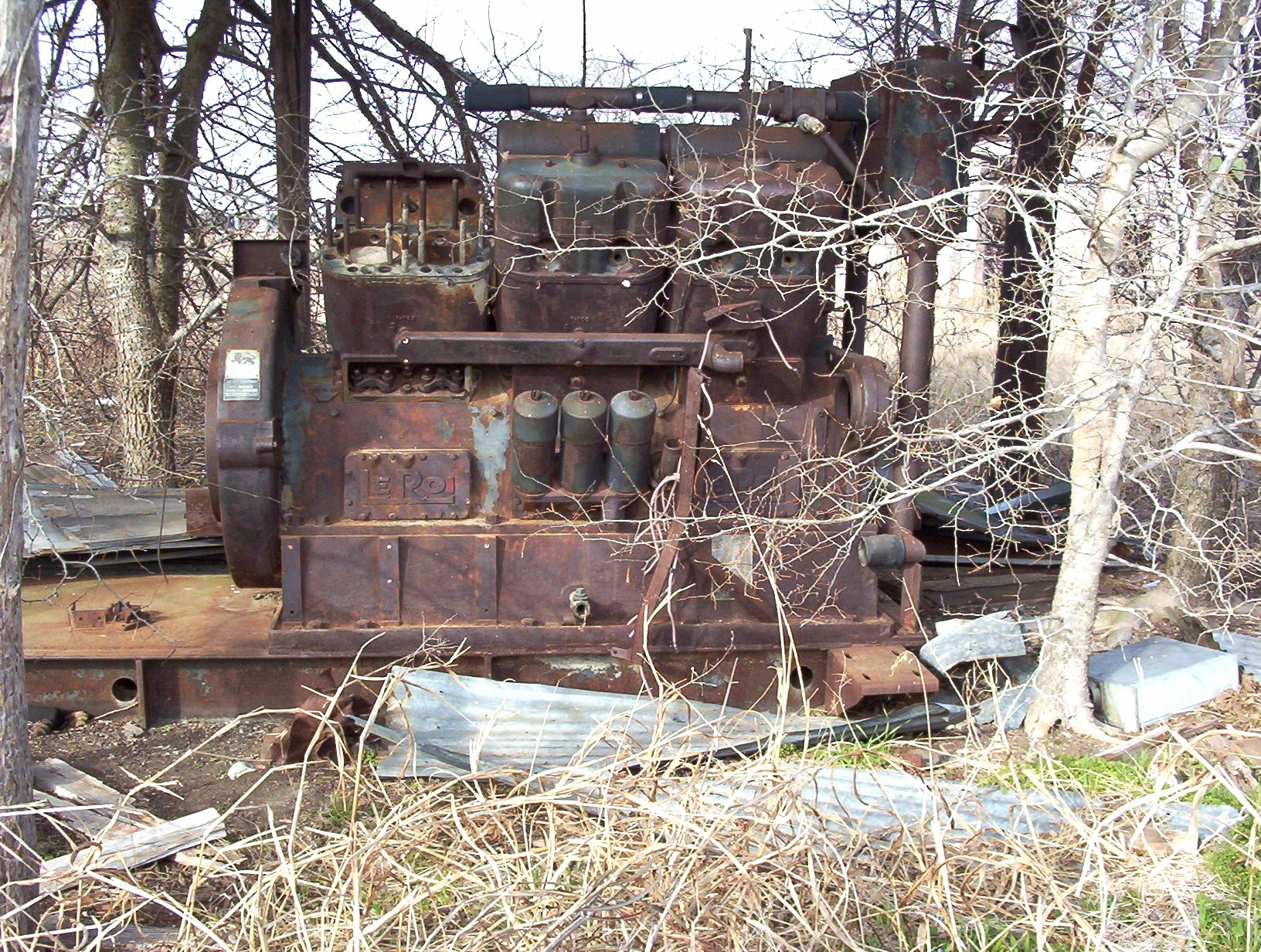
This partially dissembled twelve cylinder diesel engine is sitting outside the gin.
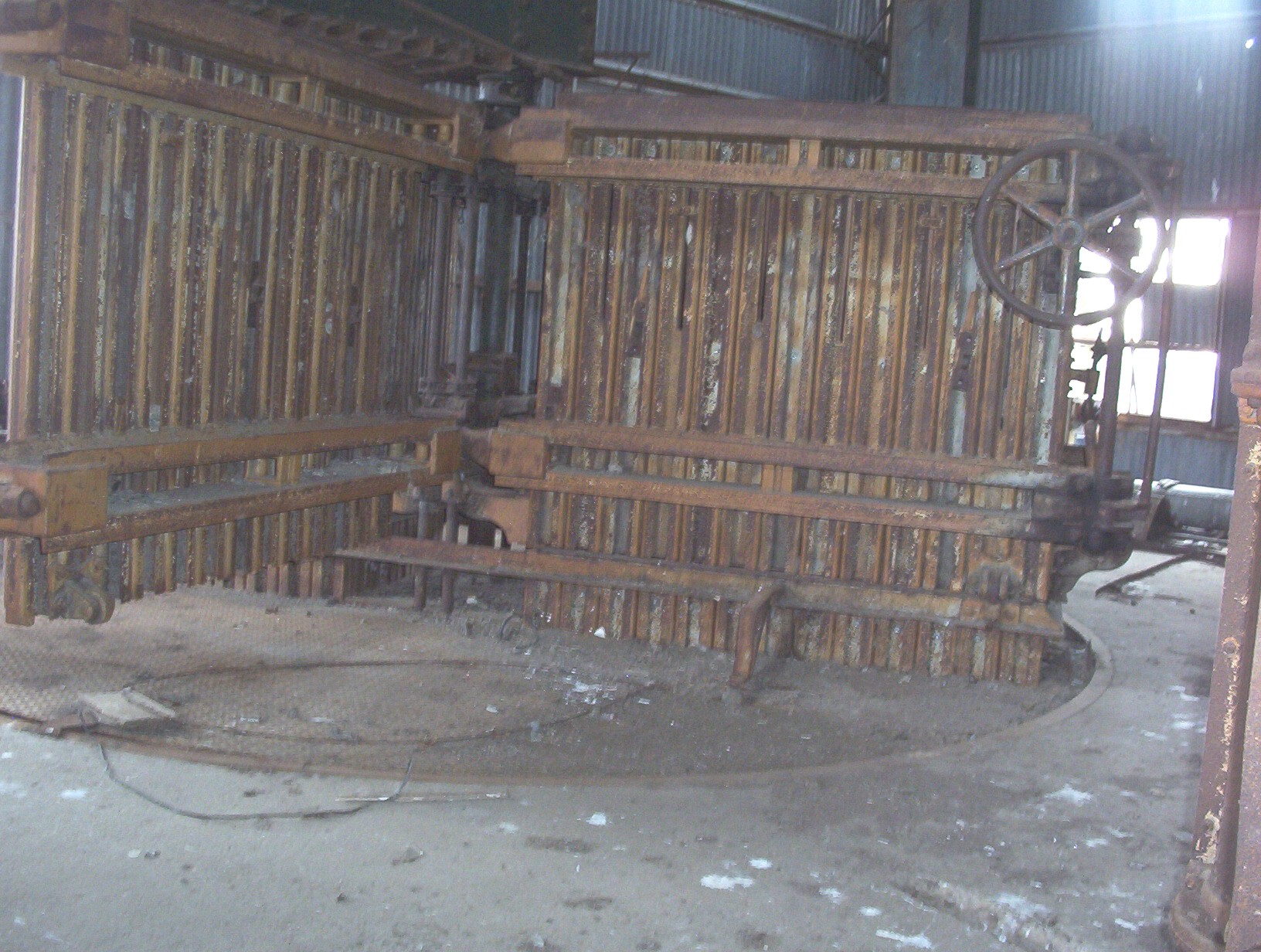
This is the press. After the cotton was cleaned and the seeds removed it was blown through a large pipe into a shaft, similar to an elevator shaft below the press. There was a hydraulic plunger that came up through the shaft, through the floor, and packed the cotton in the press. As you can see the press was on a turnstile. After the cotton was pressed into a bale the men would let the plunger down and turn the bale around so it could be bound with a burlap-like materal and tied with steel straps. While it was turned around more cotton was blown into the shaft, getting ready for the next bale, while this bale was being bound and strapped. The flow of cotton did not stop; while the bale was being turned on the turnstile the cotton was directed to a pile on the floor. The large wheel at the upper right was turned to unlock the steel cage doors so they could be opened and the bale rolled out. The cotton on the floor was suctioned up and fed into the press with the other cotton for the next bale.
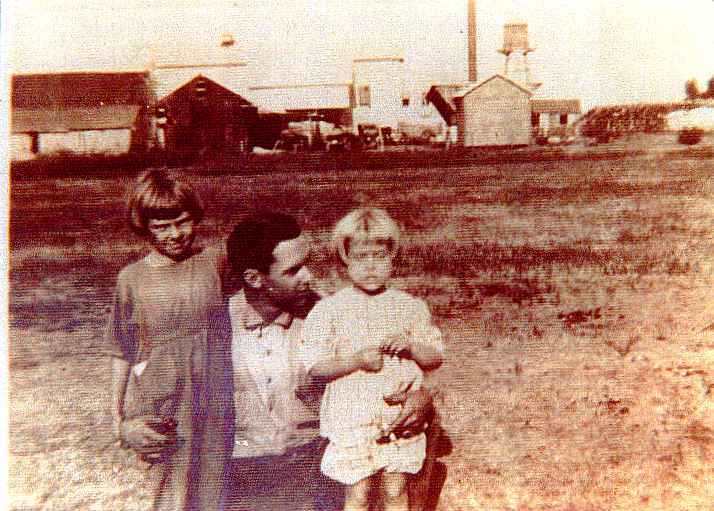
Charles Edgar and his daughters Vivian & Mary Louise. The picture was taken in Sarah Johnson's (Granny) yard. You can see the old cotton gin behind them. Picture taken in 1925. Back then the gin was powered by a steam engine.
| |
|

